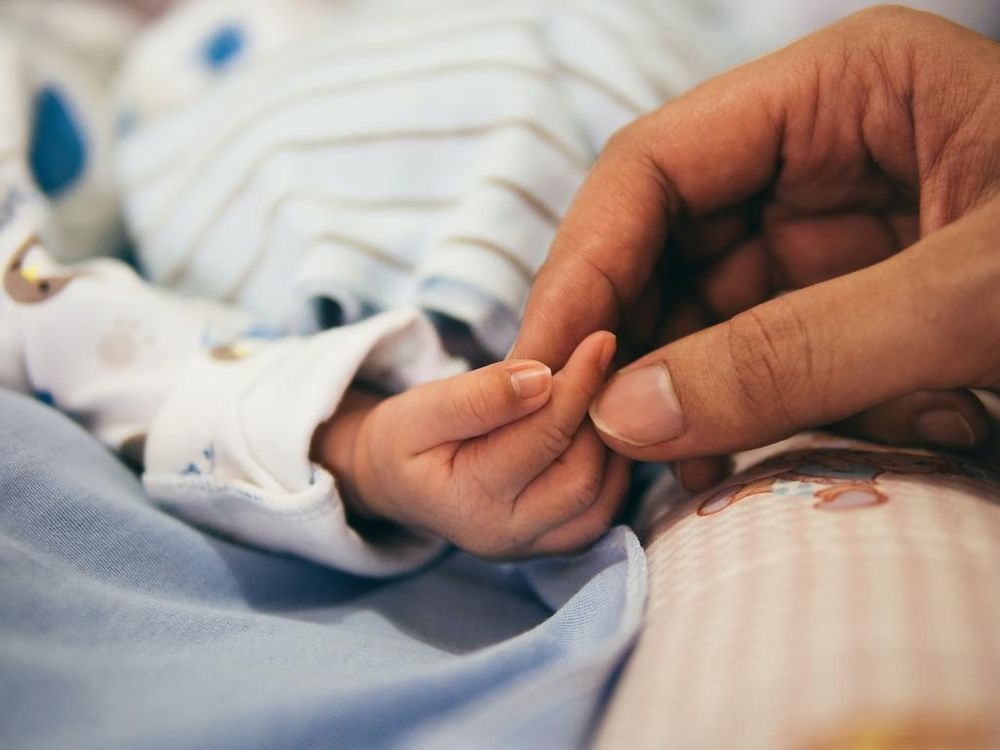Congratulations… it’s not a boy! How gender stereotypes are shifting as families embrace daughters
PARIS, June 23 — While for centuries it was more socially desirable to give birth to a boy, this “tradition” is losing ground, or even reversing. This paradigm shift can be explained by recent advances in the fight for gender equality, but also (and paradoxically) by certain gender clichés that are still very much alive.
In a society still very much centred around the male/female binary, an individual’s gender identity remains paramount in people’s minds, even before birth. Indeed, since the widespread use of ultrasound scans in the 1980s, parents have been able to find out from as early as the second trimester (and sometimes earlier) whether they are expecting a girl or a boy. According to research by The French National Institute for Demographic Studies (INED), published in December 2023, nine in ten parents (91 per cent) in France know the sex of their child before birth. They explain that this information can help them choose clothes and decorate their future offspring’s bedroom. But while this curiosity may indeed be driven by practical considerations (material preparation, choice of name), it actually goes much further, and reflects strongly gendered cultural preferences.
In the USA, this phenomenon is amplified by the rise of “gender reveal parties,” highly fashionable events specially organised (as the name suggests) to reveal the gender of an unborn child. During these parties, which can be extravagant, all kinds of scenarios are staged, which sometimes involve parents discovering their baby’s sex at the same time as their guests. This could be, for example, by bursting balloons filled with blue confetti (for a boy) or pink confetti (for a girl). But such revelations are not always insignificant. For some parents, the party can even turn sour if the announced result doesn’t meet their expectations. For in many cultures, and for centuries, raising a girl or a boy has not been perceived or valued in the same way. And, the scales have traditionally tipped in favour of boys.
According to the INED survey cited above, around 46 per cent of women and 41 per cent of men in France admit to having had a gender preference during pregnancy: 25 per cent of mothers hoped to have a girl and 20 per cent a boy. The trend is reversed for fathers: 23 per cent would have preferred a son and 18 per cent a daughter. According to a YouGov poll released in 2023, 56 per cent of Americans said they had no preference between a boy or a girl, while 19 per cent preferred a boy and 15 per cent a girl. A series of Gallup polls conducted in the US shows that between 1941 and 2018, an average of 40 per cent of Americans would prefer a boy and 28 per cent a girl. These gaps have narrowed over time. Today, the preference for male or female is most evident among parents who have multiple children and wish to have “one of each.”
Sex-selective terminations
But it’s a different story in some cultures, particularly in several Asian and Eastern European countries, where sex-selective abortion (voluntary termination of pregnancy due to disappointment with the sex of the unborn child) is practiced, despite bans. In these countries, the ratio of girls to boys born is very uneven. This is the case in India, where the birth ratio is estimated at 107 girls for every 100 boys in 2023, as well as in China (111 boys for every 100 girls in 2023), reports The Economist. This clear historical cultural preference for boys is also evident in other countries such as Vietnam, South Korea, Armenia, Georgia, and Azerbaijan. In addition to sex-selective abortions, there are also parents who try to conceive another child in the hope of obtaining the desired sex. Some countries, such as Cyprus and the United States, even allow sex selection before conception through IVF, via a process known as preimplantation genetic diagnosis.
There are many reasons why having a baby boy might be more highly valued, based on ancestral patriarchal traditions and beliefs that are deeply rooted in societies. For example, it is traditionally believed (including in Western cultures) that it is men who carry on the family name, who are eligible to receive the family inheritance, and who ensure the financial security of the household. And in some countries where religious practices play a prominent role, certain rites and rituals are the sole preserve of men.

Shifting perceptions
However, this trend is now reversing for the first time. As early as 2019, an article in the New York Times noted this change. This is the case in Albania, South Korea, China, and India, where the gap between female and male births has narrowed considerably. Globally, the annual number of excess male births has fallen from a peak of 1.7 million in 2000 to around 200,000, bringing it back to the biological norm of a birth ratio of 105 boys to 100 girls, according to The Economist. But gender stereotypes still persist: girls, for example, are still perceived as being “easier” to raise or better placed to care for elderly parents, which may partly explain this sudden “appeal” of the female sex.
But this paradigm shift can also be explained by a growing awareness of gender issues. Some countries have implemented policy measures and are raising public awareness of this issue in order to reduce the gender imbalance at birth. For example, China has banned sex-selective abortions, and in 2015 the Indian government launched a major awareness campaign called “Beti Bachao, Beti Padhao” (Save the Daughter, Educate the Daughter).
For their part, researchers and essayists contribute to advancing the debate by analysing sociological trends through the lens of gender. In many areas of society, acts of violence are predominantly committed by men. Indeed, the picture is not always a flattering one when it comes to the male gender. According to the United Nations Office on Drugs and Crime, men make up between 93 per cent and 94 per cent of the global prison population. Men are also less qualified than women. In rich countries, 54 per cent of young women have a higher education degree, compared to 41 per cent of young men, according to an OECD report published in 2023. Based on these statistics, raising girls may appear more reassuring than raising boys.
On the whole, this shift can be perceived as a positive societal development, as it is based (at least in part) on beliefs directly conveyed by the fight for gender equality, in the wake of international campaigns such as the #MeToo movement. — ETX Studio
Get Insurance Now



